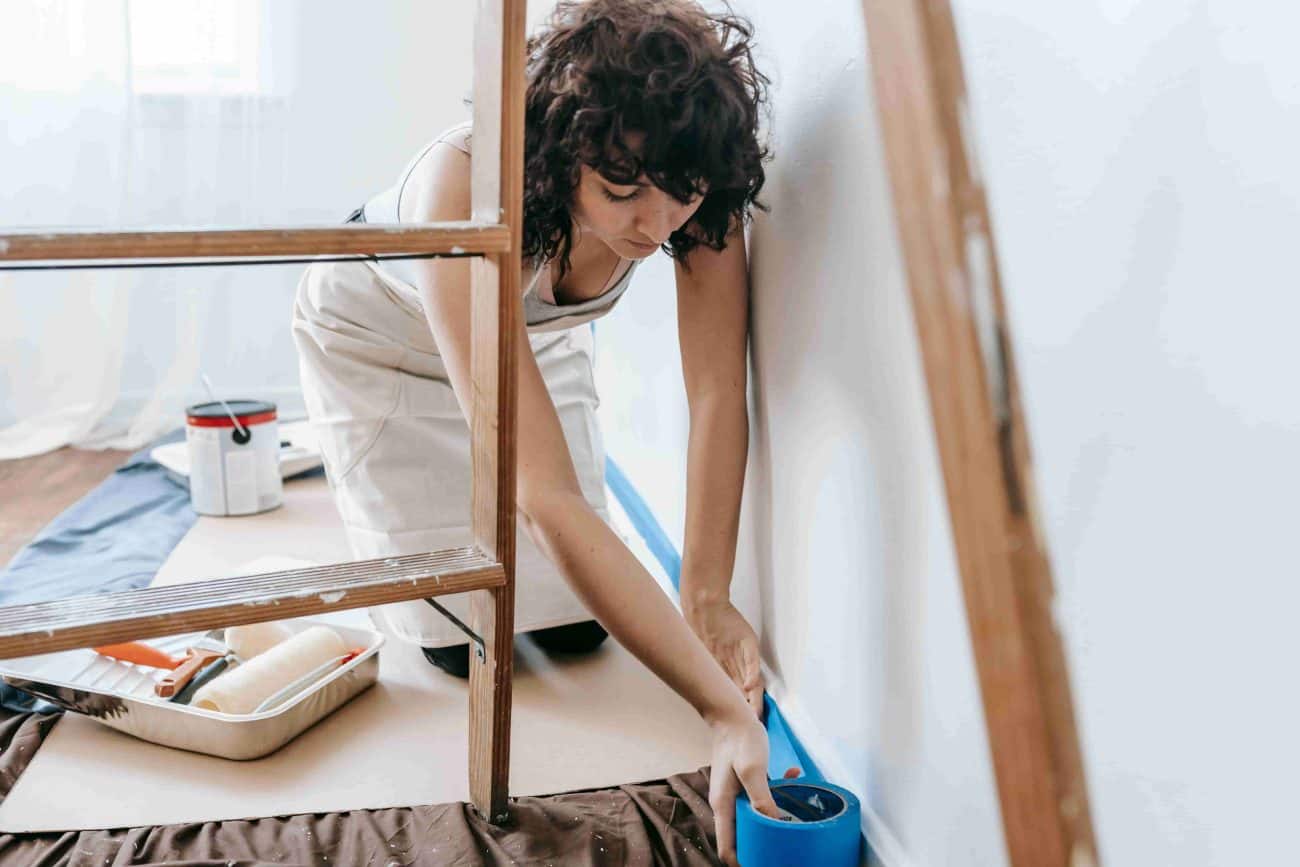Introduction
Holes in drywall are more common than you’d think — from accidental doorknob hits to mounting damage or even rough kids’ play. Fortunately, fixing drywall holes is a manageable DIY task. This complete guide walks you through how to repair everything from nail holes to large cutouts.
Whether you’re a beginner or an experienced DIYer, this article will help you restore your wall like new.
Table of Contents
- Types of Drywall Holes
- Tools and Materials Needed
- How to Fix Small Holes (Under 1/2 Inch)
- How to Fix Medium Holes (1/2 to 6 Inches)
- How to Fix Large Holes (Over 6 Inches)
- Tips for Painting After Repair
- Common Mistakes to Avoid
- FAQs About Drywall Repair
1. Types of Drywall Holes
Before starting, identify the type of hole:
- Nail/Screw Holes: Small punctures from removed hardware.
- Small Dents: From light impacts.
- Medium Holes: Damage from door handles, tools, or elbows.
- Large Holes: Created during renovations, plumbing, or major accidents.
Understanding the size helps you choose the correct repair method.
2. Tools and Materials Needed
Here’s what you might need, depending on hole size:
- Spackle or joint compound
- Putty knife
- Drywall patches
- Drywall saw or utility knife
- Sandpaper (120–220 grit)
- Paint and primer
- Mesh tape (for larger holes)
- Backer boards or scrap drywall
- Screws and screwdriver
3. How to Fix Small Holes (Under 1/2 Inch)
Step 1: Clean the Area
Brush away dust and loose debris.
Step 2: Apply Spackle
Use a putty knife to fill the hole with lightweight spackle. Smooth it flat.
Step 3: Let It Dry
Allow to dry completely (1–2 hours typically).
Step 4: Sand Smooth
Lightly sand to blend with the wall.
Step 5: Prime and Paint
Apply primer, then paint to match wall color.
4. How to Fix Medium Holes (1/2 to 6 Inches)
Step 1: Cut Around the Hole
Use a utility knife or drywall saw to make a square or rectangular cut around the damaged area.
Step 2: Insert Backer Support
Cut a wooden backer slightly longer than the hole. Screw it into place behind the drywall.
Step 3: Cut and Place Patch
Cut a drywall patch to fit the hole and screw it into the backer.
Step 4: Apply Joint Compound
Use mesh tape over seams. Apply joint compound over the area.
Step 5: Sand and Recoat
Let it dry, sand smooth, and apply a second coat.
Step 6: Prime and Paint
Finish with matching primer and paint.
5. How to Fix Large Holes (Over 6 Inches)
Step 1: Cut Out the Damaged Area
Enlarge the hole into a clean rectangle.
Step 2: Install Backing Boards
Attach 1×2 or 1×3 wood boards inside the hole for support.
Step 3: Attach New Drywall
Cut drywall to size and screw into the backing boards.
Step 4: Tape and Mud
Use mesh tape on seams. Apply joint compound over the entire patch.
Step 5: Layer, Sand, Repeat
Apply multiple layers of compound, letting each dry fully before sanding.
Step 6: Finish and Paint
Prime and paint to restore your wall’s look.
6. Tips for Painting After Repair
- Always prime before painting to prevent flashing.
- Use the same paint type and finish (flat, eggshell, etc.).
- Feather the edges when painting to blend.
7. Common Mistakes to Avoid
- Rushing the drying time
- Over-sanding and creating a divot
- Using too much compound at once
- Skipping primer before painting
8. FAQs About Drywall Repair
Q: Can I use toothpaste to fill small holes?
A: It’s a temporary fix. Use spackle for long-term durability.
Q: How long does drywall repair take?
A: Small holes: under 1 hour. Large holes: 1–2 days including drying.
Q: Can I paint directly over joint compound?
A: Not recommended — always prime first.
Conclusion
Repairing drywall holes doesn’t have to be intimidating. With the right tools and a little patience, you can restore your walls to like-new condition. Follow this guide based on hole size, and always finish with careful sanding and painting for a flawless look.
